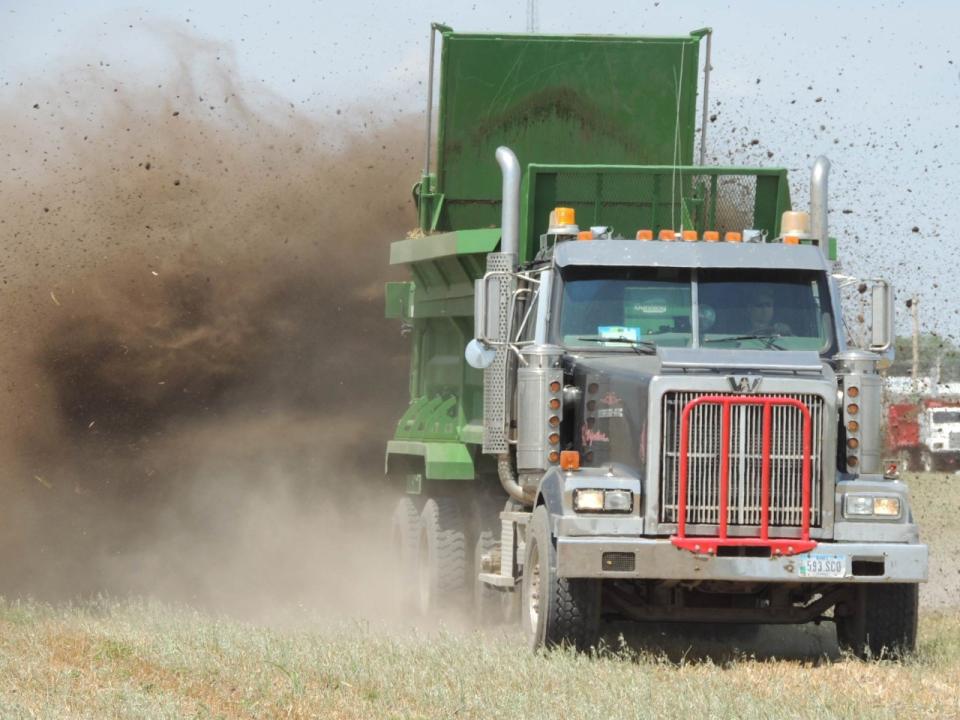
Choosing a Manure Application Rate
“How much manure do I need?”
The answer depends on:
- the crop you are growing and the expected yield;
- existing soil nutrients as determined by a soil analysis;
- desire to build soil nutrients for future years or mine what’s currently in the soil;
- the type of manure you wish to use and a laboratory analysis of it; and
- any other fertilizer nutrients you expect to apply.
Note that manure characteristics vary significantly among species, so choosing a rate based on the coverage it provides on the soil surface is not a recommended method of determining an appropriate application rate. For instance, poultry litter is much more nutrient dense than beef feedlot manure, so the soil coverage resulting from a recommended application rate of litter will be much less than what would result from a recommended application rate of beef manure.
What are Your Goals?
Because fertility needs differ among crops, a good starting point is figuring out what nutrients are needed. Fertility recommendations can come from trusted advisors (like a crop consultant) or can be calculated yourself using guidance and resources provided by UNL, such as CropWatch. Remember, when determining nutrients needed, account for all sources of nutrients (i.e., existing soil resources, irrigation water, starter fertilizers, etc.).
Online Master of Science in Agronomy
With a focus on industry applications and research, the online program is designed with maximum flexibility for today's working professionals.
